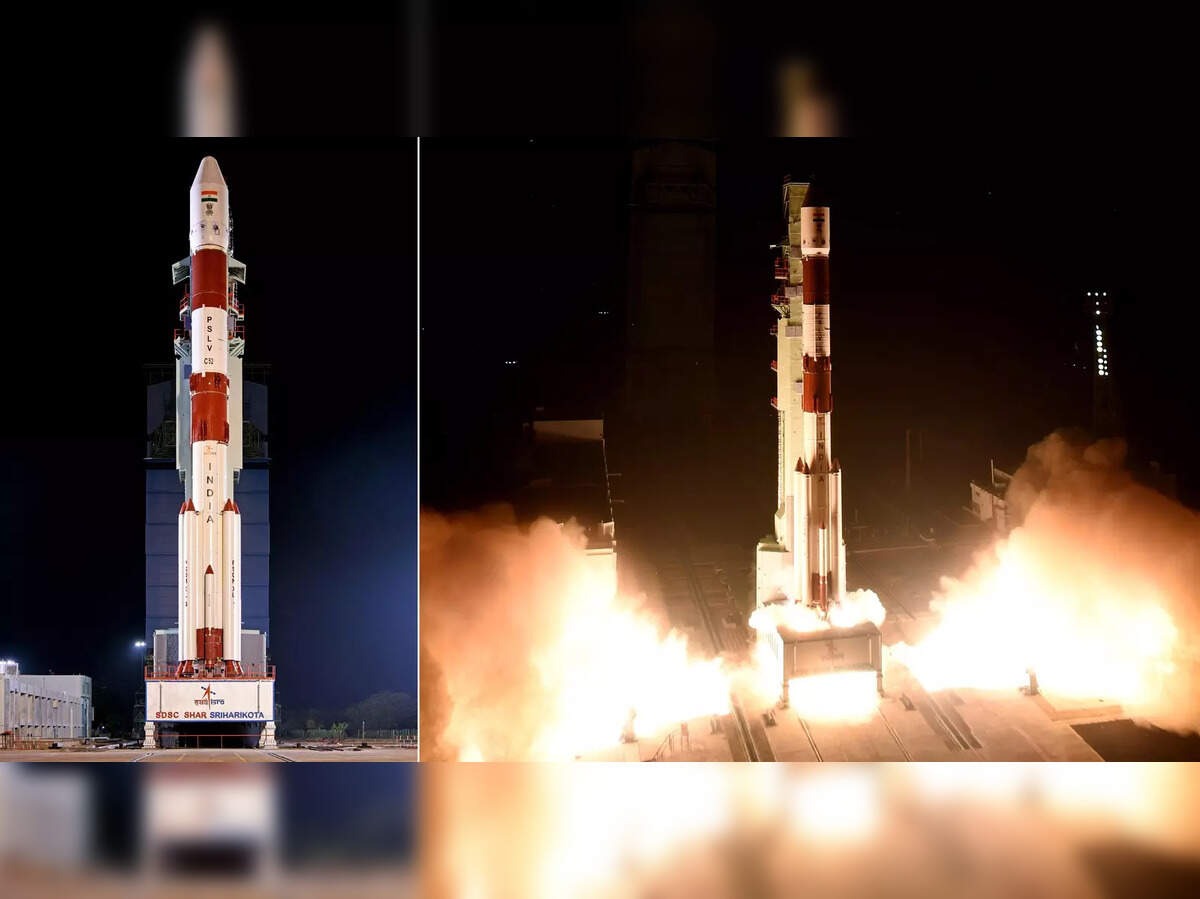Hindustan Aeronautics Limited (HAL) has officially emerged as the winning bidder for India’s Small Satellite Launch Vehicle (SSLV) program, securing the contract at a valuation of Rs 5.11 billion. The development marks a major milestone in India’s space privatization efforts, with HAL set to take over end-to-end production and commercialization of the SSLV platform from ISRO.
Key Highlights of the SSLV Privatization
- HAL’s Rs 5.11 billion bid grants it full rights to manufacture, operate, and market the SSLV, a three-stage solid-fuel rocket designed for launching satellites up to 500 kg into low Earth orbit
- The Indian National Space Promotion and Authorization Center (IN-SPACe) confirmed that the technology transfer phase will span two years, during which ISRO will provide technical support and documentation
- The SSLV’s modular design and rapid deployment capability make it ideal for commercial satellite launches, especially in the communication, Earth observation, and IoT segments
- HAL will receive access to ISRO’s design blueprints, quality assurance protocols, and operational know-how as part of the transfer
Market Reaction and Strategic Implications
- HAL shares rose 1.5 percent following the announcement, reflecting investor optimism over the company’s entry into the commercial space launch market
- The stock touched Rs 5,063.70 on the NSE, buoyed by broader momentum in defence and aerospace counters
- The SSLV program is expected to position HAL as a key player in the global small satellite launch ecosystem, which is projected to exceed 18,000 launches by 2031
- HAL’s selection over other contenders, including Alpha Design and Bharat Dynamics, underscores its manufacturing pedigree and long-standing collaboration with ISRO
Broader Industry Context
- The SSLV privatization aligns with India’s goal of capturing 10 percent of the global space economy by 2030, up from the current 2 percent
- The move is part of a larger push to open up India’s space sector to private enterprise, following the success of missions like Chandrayaan-3 and Aditya-L1
- HAL’s entry into the launch vehicle segment complements its existing aerospace portfolio, which includes fighter jets, helicopters, and avionics
Future Outlook
With the technology transfer phase set to conclude by 2027, HAL is expected to begin commercial SSLV launches shortly thereafter. The company’s ability to scale production, attract global clients, and maintain ISRO’s quality benchmarks will be critical in determining its success in this new frontier.
Sources: Reuters, Economic Times, The Print, Swarajya, Tech in Asia, BusinessLine, Moneycontrol.
